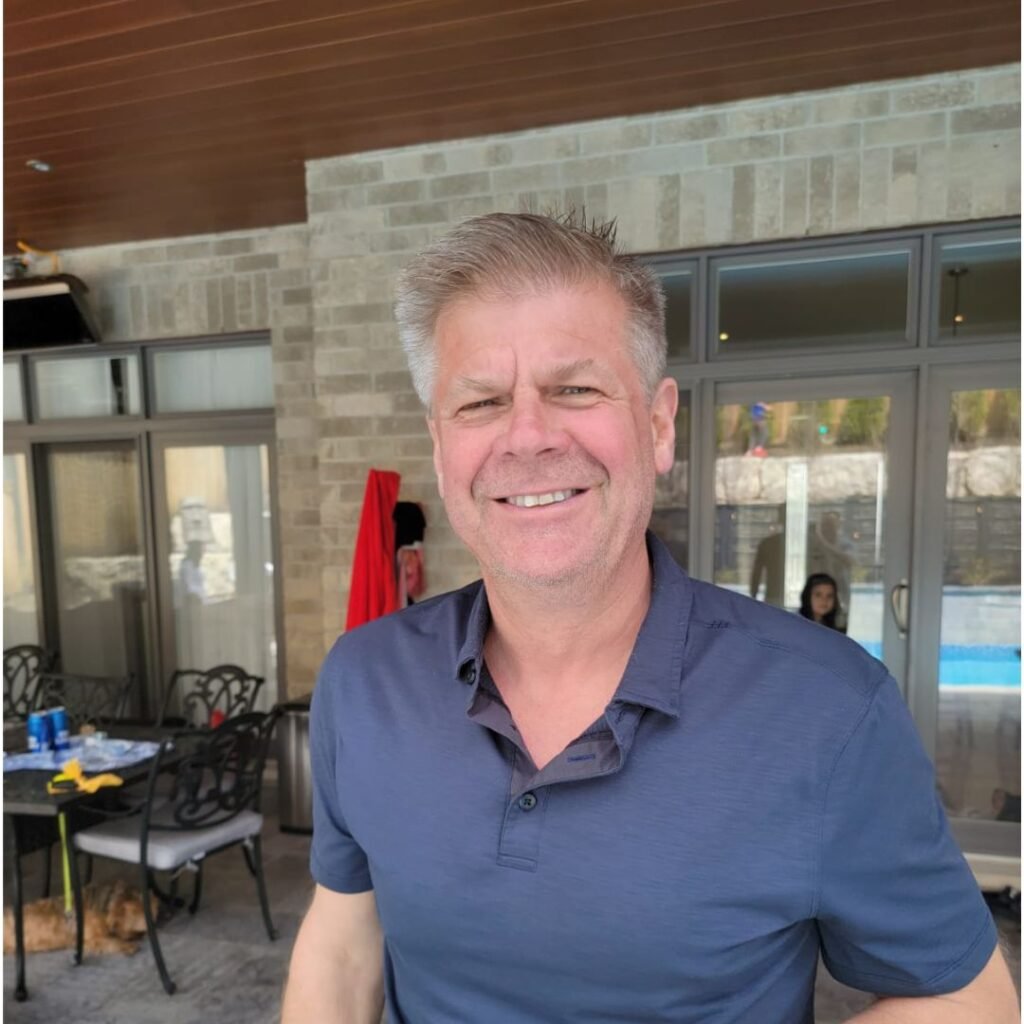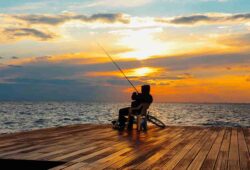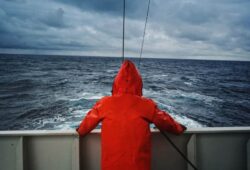The Saugeen River runs through Bruce County with a quiet persistence that has brought generations of anglers to its banks. Known for its cool, oxygen-rich waters and diverse trout population, the river is a recreational haven and an ecological asset. Among those who come to its waters regularly is Stephen Gleave, an experienced employment lawyer whose fly fishing practice is deeply linked to the rhythms of the river.

Gleave’s relationship with the Saugeen spans years of careful observation. As a competitive runner and owner of a 100-acre farm where he is reforesting native Carolinian species and maintaining an orchard, his understanding of the environment extends beyond its fishing value. He views the act of casting as both a sport and a form of environmental engagement.
“On the Saugeen, every cast is informed by the conditions around it. You’re not just catching fish. You’re learning about the water, the health of the banks, and the bugs in the air. You’re focusing on things most people miss.” — Stephen Gleave
Contents
An Ecosystem Under Pressure
The Saugeen River is home to brook trout, brown trout, and steelhead. The variety is popular among anglers of all experience levels, but it also opens questions about habitat health and the long-term stability of fish populations. Approximately 128 freshwater fish species are in Ontario. The province’s inland lakes and rivers have generated approximately $89.6 million in annual commercial freshwater landings as of 2023, Fisheries and Oceans Canada reports. Though fly fishing is not part of the commercial sector, its popularity has grown steadily, especially post-pandemic, with people seeking meaningful outdoor experiences.
But increased interest can have unintended effects. Some areas of the river show signs of overuse, like compacted riverbanks, silt clouds in spots that once ran clear, and damaged riparian zones where vegetation once shielded the water from runoff. These are small changes, but over time, they compound. Gleave recalls one season where trout retreated from a stretch they had occupied for years. The water hadn’t changed temperature, but the nearby bank had been stripped of cover, and the riverbed had become noticeably cloudier.
“If you’re serious about trout, you’re serious about water quality. I see this more as a responsibility than a hobby. You’re part of the system, whether you want to be or not.” — Stephen Gleave
The Saugeen’s upper branches offer opportunities for solitude, but even there, Gleave says, subtle signs of ecological strain are present. Old trees that once created natural pools have been removed by well-meaning property owners. Erosion is visible in areas where ATVs or foot traffic have disrupted the terrain. While angling regulations help limit catch pressure, they do little to address broader environmental impacts unless paired with education and local conservation efforts.
A Philosophy Applied Beyond the River
Gleave’s farm operates with the same principles he brings to the river. He’s reintroducing Kentucky coffee trees and tulip trees and managing a heritage orchard with apples, pears, plums, and cherries. He raises Highland cattle in rotational pastures and maintains active beekeeping operations. His interest in sustainability extends beyond his land. When he fishes, he focuses on where trout are feeding, how the current has shifted, and what might have changed upstream.
“I fish with intention. Some days that means I don’t cast at all. I might just watch a section of the river for an hour. You can tell a lot about what’s happening in the environment by doing that,” he says.
More Than a Hobby, It’s a Responsibility
Recent research into Canadian fisheries shows that 38% of stocks are listed as having “uncertain” health status. The data gap complicates management decisions and reinforces the importance of local knowledge and firsthand observation. Gleave argues that anglers are well-positioned to be early indicators of ecological change if they’re paying attention.
Fly fishing on the Saugeen, for him, is as much about discipline as it is about pleasure. It’s not meditative in a romanticized sense, but in the rigour it demands. Timing, conditions, presentation, and restraint all matter. The reward is less about the number of trout landed than the understanding of the river itself.
“Fly fishing is not about escape, and more about showing up with respect for the water, the land, and everything that lives in it.” — Stephen Gleave
The Saugeen remains one of Ontario’s most respected trout rivers because of the people who continue to treat it with care. That care, as Gleave demonstrates, starts well before the first cast and continues long after the last one.




